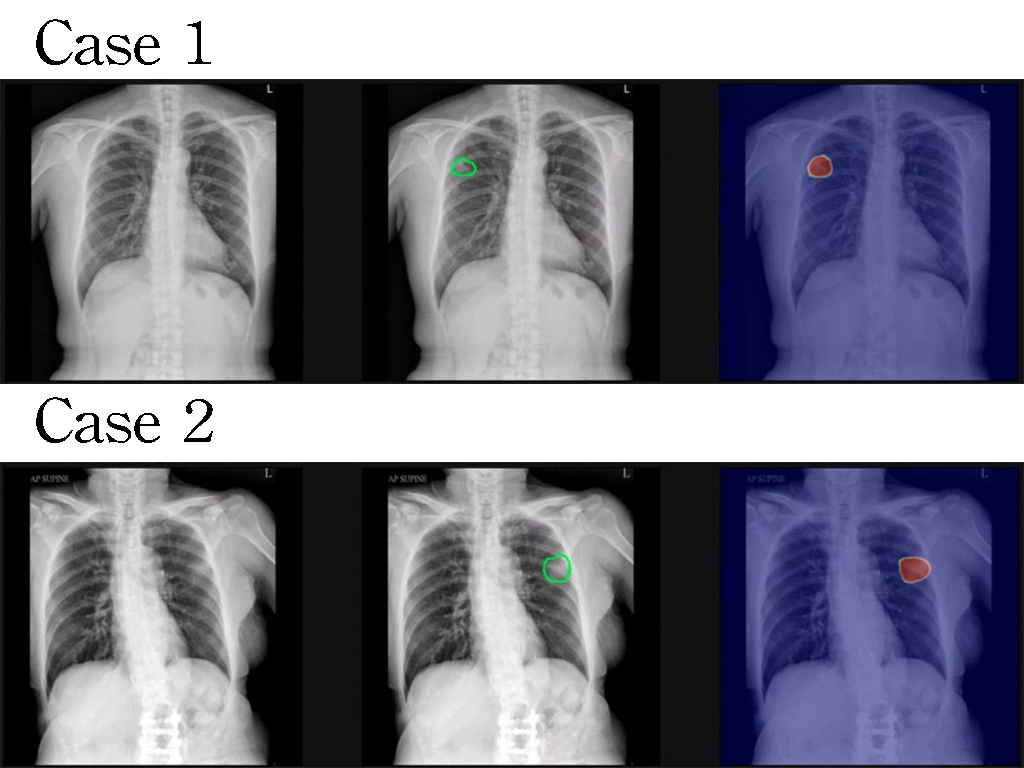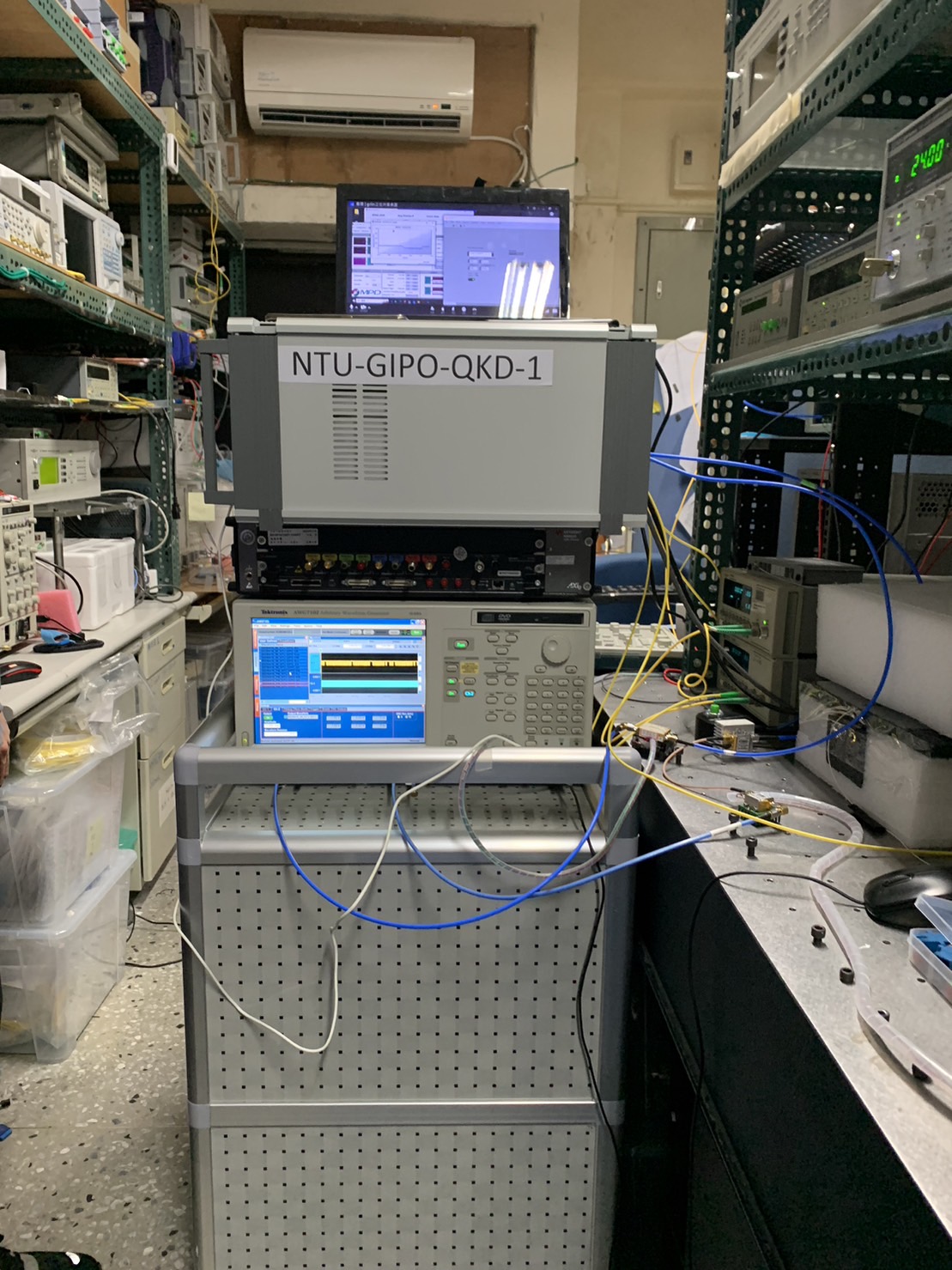| Technical Name | Application of AI Algorithms for Spatial Refinement of Rainfall in Taiwan | ||
|---|---|---|---|
| Project Operator | National Science and Technology Center for Disaster Reduction | ||
| Project Host | 于宜強 | ||
| Summary | We employ a hierarchical architecture of Multi-Scale Residual Network (MSRN) deep learning method to develop a downscaling technique for global model rainfall data. It efficiently refines 0.25° rainfall data to 0.0125° over Taiwan, boosting resolution 20x and reducing global rainfall forecast errors. This technology has been applied to daily rainfall forecasts from multiple global weather forecast models in the WATCH webpage of the NCDR. |
||
| Scientific Breakthrough | Due to the resolution limitation of global models, we use a deep learning method to tackle the challenge of increasing the resolution of rainfall by over 20 times. Our results improved by 15.1% and 9.1% in terms of mean absolute error and root mean square error, respectively. We achieved TS scores exceeding 0.54 and 0.46 at daily rainfall thresholds of 350 and 500 mm. This method also improved the ECMWF's 1- to 3-day lead daily rainfall forecasts for thresholds greater than 100 mm over Taiwan. |
||
| Industrial Applicability | This technology employs a deep learning method, using high-resolution radar-retrieved rainfall as the learning target. This method can downscale 25-km global model rainfall data to 1-km high-resolution rainfall data for Taiwan. It efficiently produces deterministic or ensemble high-resolution rainfall forecasts for Taiwan. By rapidly generating high-resolution rainfall data, it can be applied to downstream operational hydrological model products and provide finer local impact information. |
||
| Keyword | Downscaling Super-resolution Deep learning Residual network Multi-Scale Residual Network Precipitation forecasting Extreme rainfall Global model Artificial intelligence Machine learning | ||
- Contact
- Chu, Jung-Lien
- jlchu@ncdr.nat.gov.tw
other people also saw















